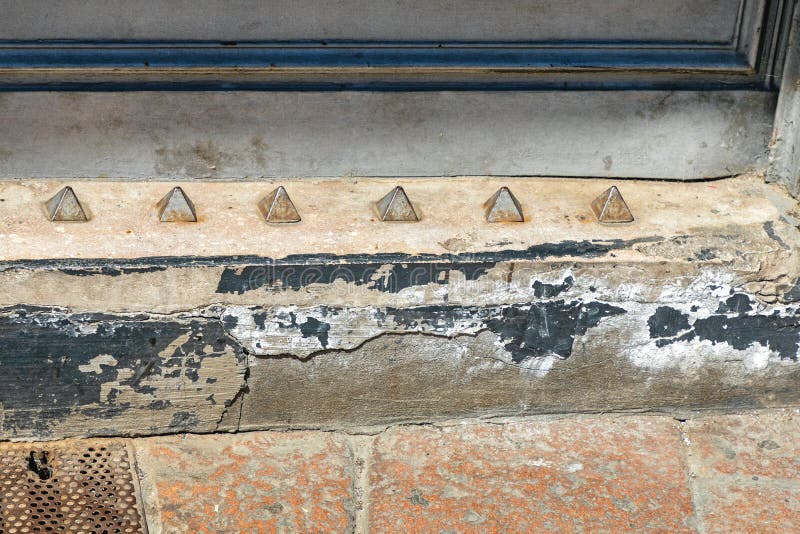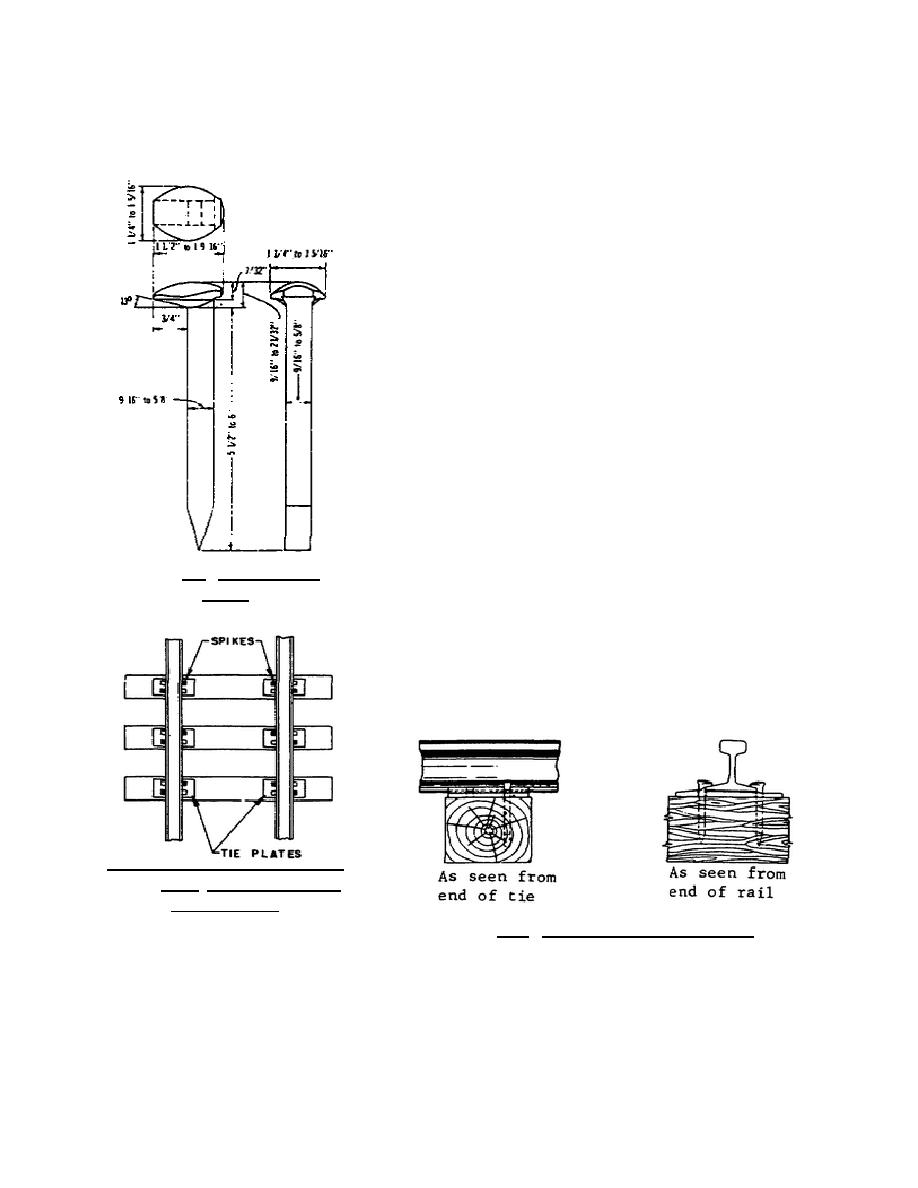

In this report, we first demonstrated the potential for manipulating spike morphology through a detillering experiment. Therefore, we can try to maximize the grain yield by manipulating and predicting spike morphology traits in wheat. We hypothesized that the wheat spike adapts to stress and environmental conditions by balancing the relationships between different components of the spike. For example, the spike fertility index (determined as grain number per gram of spike chaff), spikelet density (spikelet number per centimeter of spike length), spikelet fertility (the ratio of fertile to total spikelet number) and floret fertility (the ratio between the maximum number of floret primordia and final grain number within individual spikelet) reveal relationships between the spike components discussed above and also demonstrate the overall effects on spike growth and development.

In addition to measuring spike morphology traits, we examined some important indicators that are related to known differences in spike morphology and assimilate distribution. Removal of glumes and lemmas from wheat spikelets during the grain filling period resulted in less growth than in intact florets 13. (1998) found that spikelet removal considerably increased grain number and grain weight per spikelet 12.

They also showed that grain weight was determined by factors that affect grain volume 11. For example, Pinthus and Millet (1978) found a small increase in grain number and a marked increase in grain weight in the remaining spikelets after spikelet removal in wheat 10. In addition to tiller removal, other studies have removed spike components such as spikelets, florets, glumes and lemmas to assess their interactions with each other. It has been reported that the increase in grain yield after tiller removal was mainly due to the increase of grain number per spikelet in wheat 9. Detillering can be used to study the relationship between tillering and the spike morphology factors discussed above. Donald (1968) proposed that uniculm wheat, which does not form tillers, has the potential for greater yield compared to wheat with tillers 8. The formation of branches, termed tillers, affects grain number and grain weight, and is therefore closely related to yield 4, 5, 6, 7.
#Architectural spike meaning how to
To produce varieties with the most efficient grain production in different environments, we need to know how to predict and manipulate spike morphology in wheat. the non-grain biomass in the spike), grain number per spike, grain weight per spike, and spikelet number per spike, which all contribute to final grain yield per spike 1, 2, 3. The number and arrangement of these spike components affect spike length, spike weight, spike chaff (i.e. spikelets, which are the basic units of the inflorescence and contain florets, glumes, and lemma), also influence each other. The morphology of the inflorescence (termed the spike) of small-grain cereals is crucial in determining grain yield. Therefore, the traits identified in this study affect spike morphology these traits can be used to predict and improve plant architecture and thus increase yield. Stepwise regression analysis suggests that significantly associated traits in the greenhouse explain 35.35% of the variation in grain yield and 67.63% of the variation in thousand-kernel weight in the field. Grain size traits were closely correlated in field and greenhouse experiments. spikelet fertility, spikelet density) exhibited low prediction abilities (<0.2). total and fertile spikelet number, spike length) displayed high prediction abilities (0.3–0.5), but others (e.g. tiller dry weight, harvest index) demonstrated high prediction abilities (>0.5). spike length, spikelet density) traits in 210 cultivars. tiller number, main shoot dry weight) and spike morphology (e.g. Our genome-wide association study detected close associations between carbon partitioning (e.g. In 12 wheat cultivars, we observed that detillering (removal of branches), which alters photosynthate distribution, changed spike morphology. Here, we demonstrated the potential for manipulating and predicting spike morphology, based on 44 traits. In wheat (Triticum spp.), modifying inflorescence (spike) morphology can increase grain number and size and thus improve yield.


 0 kommentar(er)
0 kommentar(er)
